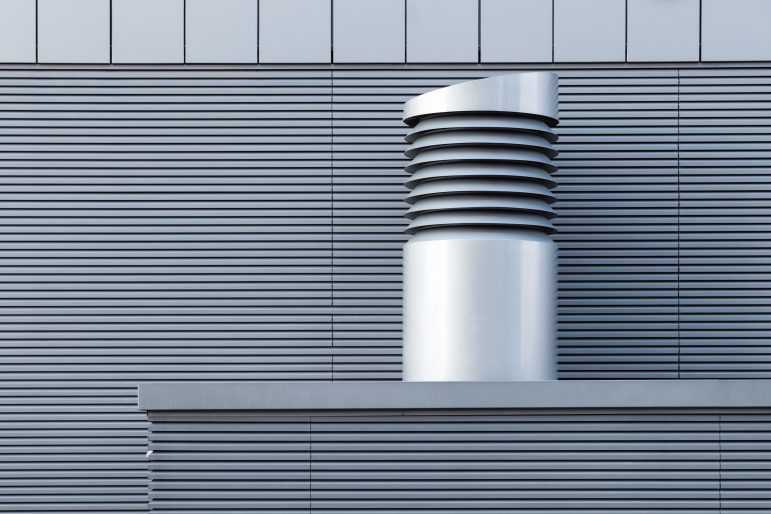With the worst of the COVID-19 pandemic now seemingly and hopefully behind us, and with many public health restrictions like proof of vaccination, strict social distancing, and mask mandates dropped in many jurisdictions, facility owners and operators will need to ensure they maintain ventilation as a priority moving forward.
The increased recognition of the importance of air quality control is one likely lasting positive that has come out of the last two years of pandemic challenges. It has been known for years that good ventilation can reduce the spread of respiratory diseases, but the notion of improved ventilation as a frontline weapon in itself is relatively new out of the pandemic landscape. Experts say that ventilation will be key to the fight against future viruses.
“The science is airtight,” Joseph Allen, director of the Healthy Buildings program at Harvard University’s T.H. Chan School of Public Health, told CNN. “The evidence is overwhelming.”
If broadly embraced, experts say, the attention to indoor air quality will safeguard beyond COVID-19, suppressing the spread of other diseases and as well as incidents of asthma and allergy attacks.
While investments into ventilation can go a long way, the best results are seen when combined with other infection control measures. A simulation by the Centers for Disease Control and Prevention (CDC) found that combining mask-wearing and the use of portable air cleaners with high-efficiency particulate air (HEPA) filters could reduce coronavirus transmission by 90 per cent.
In fact, there is a school of thought that ventilation should be one of a triple-strategy approach along with vaccination and high-quality, well-fitted masks, which can reduce a person’s exposure to viral particles by 95 per cent, reports CNN.
Improved airflow adds a supplementary layer of protection, replacing stale recycled air with fresh or efficiently filtered air. This is one area where facilities still have some catching up to do: while exchanging the air five times an hour cuts the risk of coronavirus transmission in half, according to research cited by the White House Office of Science and Technology Policy, most buildings exchange the air only once or twice an hour.
This is partly because the industry standards drawn up by the American Society of Heating, Refrigerating and Air-Conditioning Engineers (ASHRAE) are voluntary, and the Occupational Safety and Health Administration (OSHA) enforces indoor air quality requirements only in healthcare facilities. ASHRAE has recommended upgrades, but has no power to enforce their implementation.
While epidemiologists in the U.S. are calling for a federal standard for ventilation and indoor air quality, it’s unclear how forthcoming that will be. However, in the meantime, many facilities have taken a proactive approach.
“In the first year of the pandemic, it felt like we were the only ones talking about ventilation, and it was falling on deaf ears,” said Allen. “But there are definitely, without a doubt, many companies that have taken airborne spread seriously. It’s no longer just a handful of people… This is a massive shift that is, quite honestly, 30 years overdue.”









